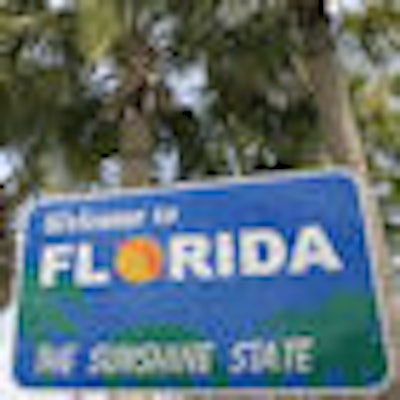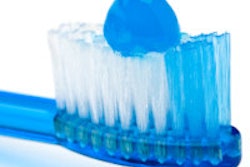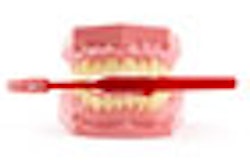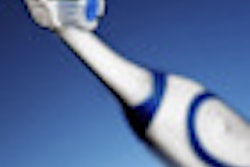
MIAMI - Patients are spending too much time brushing the most accessible teeth while barely touching the least accessible, a researcher from GlaxoSmithKline said Friday at the International Association for Dental Research (IADR) meeting.
— Jonathan Creeth, Ph.D.,
GlaxoSmithKline
"I think this is a call to action to dental professionals," Jonathan Creeth, Ph.D., told DrBicuspid.com. "There is a real need to help people brush better."
Creeth set out to research how much brushing time affects plaque because surprisingly little research had been done on the topic. Almost all the studies have focused on testing special products, such as electric toothbrushes. "We couldn't find a study of plaque removal versus brushing time in a general population with a standard brush ad lib," he said.
Most guidelines from public health organizations recommend two minutes of brushing, but surveys suggest patients brush only about 45 seconds on average.
To find out how much difference brushing time makes under typical circumstances, Creeth and his colleagues recruited 47 patients, instructed them not to brush for 24 hours, and then measured their plaque.
They then gave the patients Aquafresh Flex soft toothbrushes and Aquafresh Advanced toothpaste, and asked them to brush the way they normally do -- but for various time increments, from 30 seconds to 180 seconds. They instructed the patients to divide their time so that they brushed each quadrant for the same length of time. The patients were randomly assigned to different brushing times, then crossed over to other time intervals.
As expected, the longer the patients brushed, the more plaque they removed. Overall, they got 26% more plaque off their teeth when they brushed for three minutes than when they brushed for 30 seconds.
The curve then flattened, however; as the patients approached three minutes, they appeared to remove less and less plaque per second. "There is a diminishing return," Creeth said. "We think what plaque is left is harder to remove."
The investigators also found that patients who brushed longer had fewer sites that appeared to be at risk from severe plaque.
But when the investigators zeroed in on particular surfaces, they found a dramatic difference in the effect of brushing time. In general, lingual and anterior surfaces benefited less when patients spent more time brushing. And so did lingual posterior teeth. In fact, midlingual posterior teeth didn't benefit at all from an overall increase in brushing time.
"What you get is a striking pattern," Creeth said. "What this is saying is that in these easily accessible areas, brushing time makes next to no differences. Similarly, in the less accessible areas, brushing time makes no difference but for different reasons. In the easily accessible areas, all the plaque is gone in 30 seconds. In the difficult-to-access areas, the brush never gets there at all."
The research suggests that dental professionals may not be telling their patients how to get their brushes all the way around teeth at the back of the mouth. "The first place you brush is the teeth you see the most," Creeth said.
Plaque removal experts who attended Creeth's presentation agreed with his conclusions. "There are areas the patient has trouble getting to," said Sylvia Santos, R.D.H., M.S., a researcher for Johnson & Johnson. "It's usually due to inadequate technique."
As a former hygiene instructor, Santos said she always encouraged hygienists to carefully assess what areas patients aren't brushing or flossing well enough.
More research is needed on brushing technique, she added. "There haven't been any studies since the '60s and '70s."
Copyright © 2009 DrBicuspid.com



















